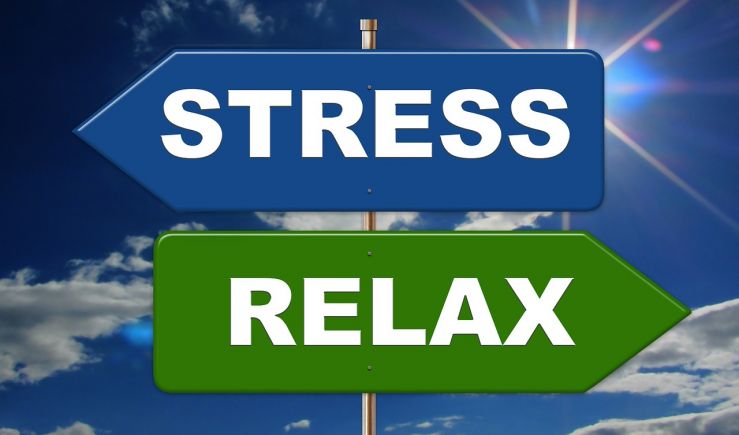
Reports of workplace stress and burnout have existed long before the COVID-19 pandemic.
Back in late 2019, a Gallup study reported that 23% of employees (out of ~7,500 full-time workers) experienced burnout at work very often or always, with an additional 44% expressing they sometimes feel burned out. 1
If you’ve noticed more tension and less good-natured humor recently, you’re not alone.
What is burnout? Experts say that it happens when three things come together: emotional exhaustion, physical exhaustion, and a sense of disconnection. 2
The contributing factors, from a national poll conducted in August 2020 by Eagle Hill Consulting, include the following:
- Workload (47%)
- Balancing work and personal life (39%)
- Lack of communication, feedback, and support (37%)
- Time pressures and a lack of clarity around expectations (30%)
- Performance expectations (28%) 3
Both remote and on-site workers are at similar risk for burnout, although those considered essential also report concerns about understaffing in addition to stress over enforcing safety protocols and fears over contracting and transmitting COVID-19.
Look out for these signs of burnout in yourself and coworkers:
- Difficulty concentrating
- Irritable and/or impatient with clients, customers, or co-workers
- More cynical and critical at work
- Dragging self to work and/or trouble getting started for the day
- Not enough energy to stay consistently productive
- Change in sleep habits
- Trouble with unexplained headaches, stomach or bowel problems, or other physical complaints 4
Always consider speaking with a doctor or a mental health professional to rule out any health conditions related to the above symptoms.

If this looks familiar, you're noticing burnout!
What factors make a workplace prone to burnout? According to University of California Berkeley experts, the following contribute:
- Demand overload
- Lack of control
- Insufficient reward
- Socially toxic workplace
- Lack of fairness
- Value conflicts 2
Incorporate organizational wellness practices and promote personal self-care strategies to prevent a culture of burnout becoming the norm in your team.
If you offer an employee assistance program, be sure to promote the available services regularly.
Provide opportunities for your team members to share their current struggles and be heard.
A listening ear is sometimes all it takes to alleviate some of the workplace pressures in the fastest way.
Trust in your employees to provide you with solutions that will benefit them; they’re likely already thinking of some they can recommend!
